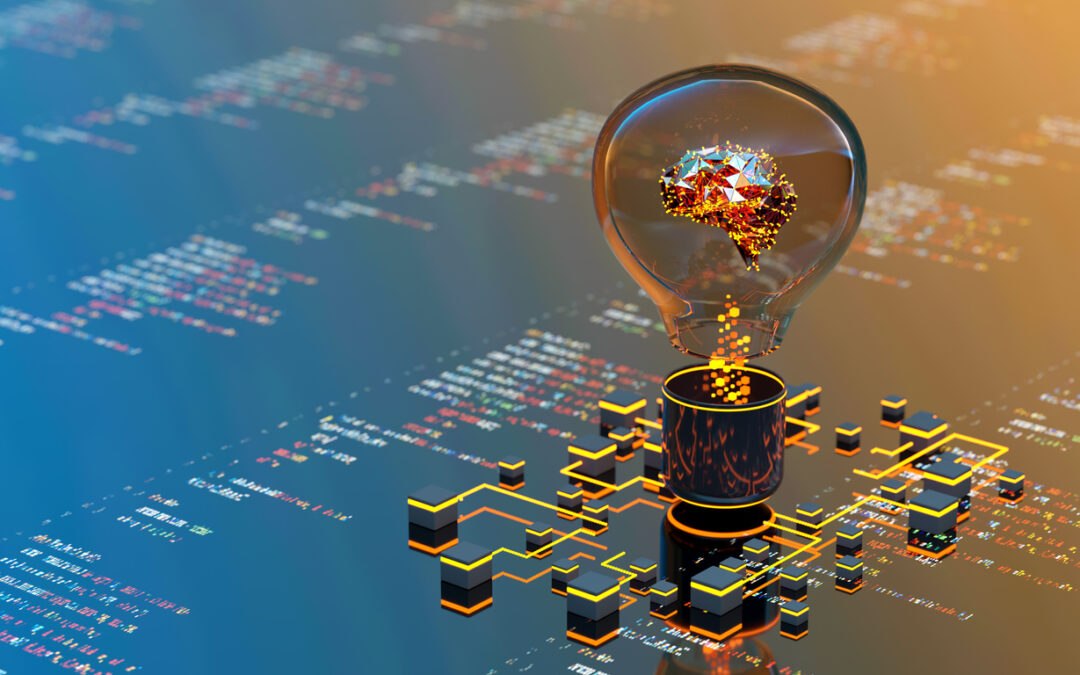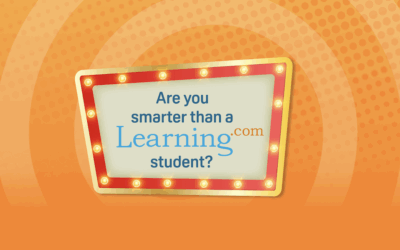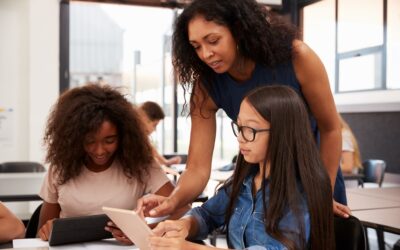Why is it Important to Adapt Digital Literacy Curriculum for Students?
For some educators, it can feel like fighting a losing battle to try and develop relevant digital literacy curriculum—it can feel like things evolve so quickly that the curriculum quickly becomes outdated. However, while there are new concepts that should be addressed in 2023, such as AI and augmented reality, there are also digital literacy concepts that are applicable for longer periods of time, such as online safety and digital footprints.
One of the primary reasons it’s important to include advancing technologies in digital literacy for students is because of career readiness. Technology changes quickly—the more up to date our students can be in the progression of technology, the better equipped they will be to position themselves for high-demand technology jobs in the future.
It’s our responsibility as educators to help students understand the boundlessness of future technology careers. From robotics engineers and software developers, game designers to research scientists, AI architects, data scientists and more – the possibilities for our students and their futures are diverse.
Emerging Technologies to Include in Digital Literacy Curriculum in 2023
In 2023, digital literacy should include the concepts of artificial intelligence and machine learning, extended reality, Internet of Things, robotics and robotic process automation (RPA), as well as discussing updates in cybersecurity, blockchains, computing power, and more. Here are some of the main updates educators should consider including in digital literacy discussions in 2023:
Artificial Intelligence & Machine Learning
Artificial intelligence and machine learning have been receiving more and more attention in the technology industry in recent years, but as it becomes more prominent in everyday life it’s increasingly important that these technologies are included in digital literacy curriculum for students in 2023. For instance, students should be introduced to the concept of how advertisers detect customer behavior to drive revenues and personalize experiences. Students should understand how AI can improve resource allocation in industries such as medicine, exploration, digital assistance, performing repetitive tasks, and more, but how it can also be used in untrustworthy or nefarious ways.
Extended Reality
Virtual reality, augmented reality and mixed reality are extending and simulating reality in a multitude of ways. As this technology is integrated more into everyday experiences in 2023, such as video games, learning experiences, training, and more, it’s important to ensure students develop the knowledge and understanding to use this technology responsibly.
Internet of Things (IoT)
The Internet of Things refers to the “things” around us that are able to connect and exchange data over the internet. Many students may already be familiar with the IoT concept with devices, home appliances, smart watches or fitness trackers, smart home accessories (such as locking doors or smart lights), and much more. There are benefits (and challenges) that we haven’t even begun to comprehend pertaining to Internet of Things. Beginning to include Internet of Things technology in digital literacy conversations with students in 2023 can help encourage innovation and career readiness as well as help increase students’ abilities to use this technology responsibly and effectively in the future.
Final Thoughts
Are you struggling to keep your digital literacy curriculum up to date? Learning.com offers out-of-the-box digital literacy programs that empower students for the future with options based on subject or grade band. Sample EasyTech for free today to learn more.

Learning.com Team
Staff Writers
Founded in 1999, Learning.com provides educators with solutions to prepare their students with critical digital skills. Our web-based curriculum for grades K-12 engages students as they learn keyboarding, online safety, applied productivity tools, computational thinking, coding and more.
Further Reading
What is the Role of AI in Schools? Today and in the Future
For hundreds (or even thousands) of years, schools have been all about the student-teacher relationship. But with the AI era firmly upon us, that...
Are You Smarter than a Learning.com Student? The Results Are In.
Kids are growing up in a world where AI tutors guide their learning, social media algorithms shape their opinions, and misinformation often feels...
60% of Educators Use AI in the Classroom – Here’s Why
Ever since large language models (LLMs) like ChatGPT became widely available, there has been concern about the rise of students using them to do...




